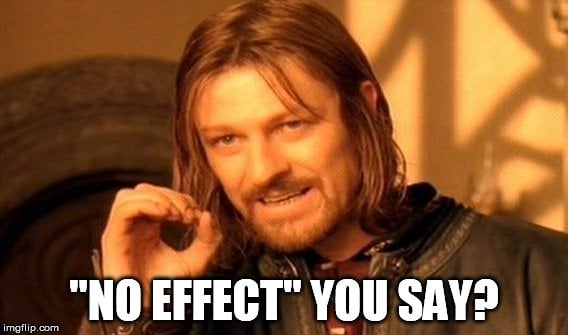Jump!
What would happen is everyone on Earth gathered in a single place and jumped at the same time?
This question has repeatedly asked by many people throughout the world. Because of the number of people and assumed greatness of total mass, it seems as though the jump would have some sort of large effect on the Earth.
To answer this question, Rhett Allain, an American associate professor of physics at Southeastern Louisiana University and the author of Dot Physics, used estimated numbers and momentum and energy equations.
If all 7 billion people on Earth were to gather in a single place, they would take up the space equal to about the size of Rhode Island. The mass of the Earth is about 6*10^24 kg and the gravitational field is constant at about 9.8N/kg. Assuming the average weight of each of these people is about 50 kg and everyone jumps 0.30 m, calculations using momentum and energy can be used to find the effect of this jump on the Earth, as the velocity of the Earth as it recoils from the jump.
He began with two conservation equations; one of momentum and one of energy. The initial values are those right after the people jump and are moving up, and the final values are those when the people are at their highest point.
Conservation of Momentum Equation (to solve for velocity of the Earth):
Conservation of Energy Equation (to solve for velocity of the people):
Combined Equations (to solve for recoil velocity of the Earth):
When numbers are added to the final equation, the Earth's velocity is found to be:
During the process of the people jumping, the Earth would have a very slow recoil speed that would move it very slightly (1/100th of the radius of a single Hydrogen atom). Yet, as soon as the people land and return to Earth, the Earth would then return to its original position. Thus, the jump would have no real effect on the Earth.
So, if every person on Earth were to gather in one place and jump at the same time, the Earth would not be affected in the sense of its location in space or its rotation. Yet, there would be smaller changes to Earth noticeable by the people.
First of all, there would be a large sound that would last for many seconds at about 200 decibels (loud enough to shatter eardrums). The ground would also begin to shake and the vibrations from landing would cause anywhere from a magnitude 4 to a magnitude 8 earthquake. A magnitude 4 earthquake would not cause much damage, but a magnitude 8 earthquake would flatten buildings, collapse electrical lines, bend train rails out of shape, and demolish bridges. Also, if the jump occurred near the coast, a tsunami (with 100 foot waves) would most likely be triggered.
According to "What If", if this jump were to actually be performed in Rhode Island, there would be some specific local, and long-term, effects. As previously stated, there is no planetary effect because of how much greater the mass of Earth is than the mass of the people. However, the people would notice the tremendously loud, drawn out noise. Then, there would be nothing too noticeable for a few seconds before people began to look at their phones. Every phone would display a "No Signal" message because all of the cell networks would have collapsed.
Because of the lack of people everywhere but Rhode Island, all work and machinery would immediately stop outside of RI. The T. F. Green airport in Warwick generally is able to comfortably handle a few thousand passengers a day. Yet, even with this airport running at 500% capacity, it could not make a dent in the numerous amount of people for years. With other nearby airports and railroad system taken into account, the problem of the people is still not taken care of. Sea trips are also very hard because stocking enough food and water would be hard. People would take all of the cars in Rhode Island to try and leave, but not too long after people begin to take cars, all of the major roads (I-95, I-195, and I-295) begin to be the sites for the greatest traffic jams in all history.
Some people may have been lucky enough to make it out in a car before traffic got bad, but they would not make it very far before running out of gas and not being able to continue on. Because of the lack of electricity, and the challenge of finding a working gas pump, the cars would have to be abandoned and new ones found.
For those still in Rhode Island, they may use any means necessary to spread into Massachusetts and Connecticut, but many would be left in RI. Most people would not be able to communicate with each other because of language barriers and it would be hard for people not from Rhode Island to successfully navigate the state. Chaos would begin and there would be a great food shortage. It would then become hard to find fresh water. Soon, many people would die and Rhode Island would become like a graveyard. The few survivors would have to spread out throughout the world and establish new civilizations and communities, but the population would be greatly reduced. Yet throughout all of this, Earth's orbit and location stays unaffected.
Basically, if this experiment were carried out in Rhode Island, most of the population of Earth would be stuck there and complete chaos would ensue.
In conclusion, if every person on Earth were to gather in a single place and jump at the same time, Earth's orbit and position in space would not be affected in the slightest, yet it would be complete anarchy for all the people. Basically, it is impossible for people to affect Earth in relation to the solar system and any experiment like this is pointless.
Works Cited:











Comments
Post a Comment